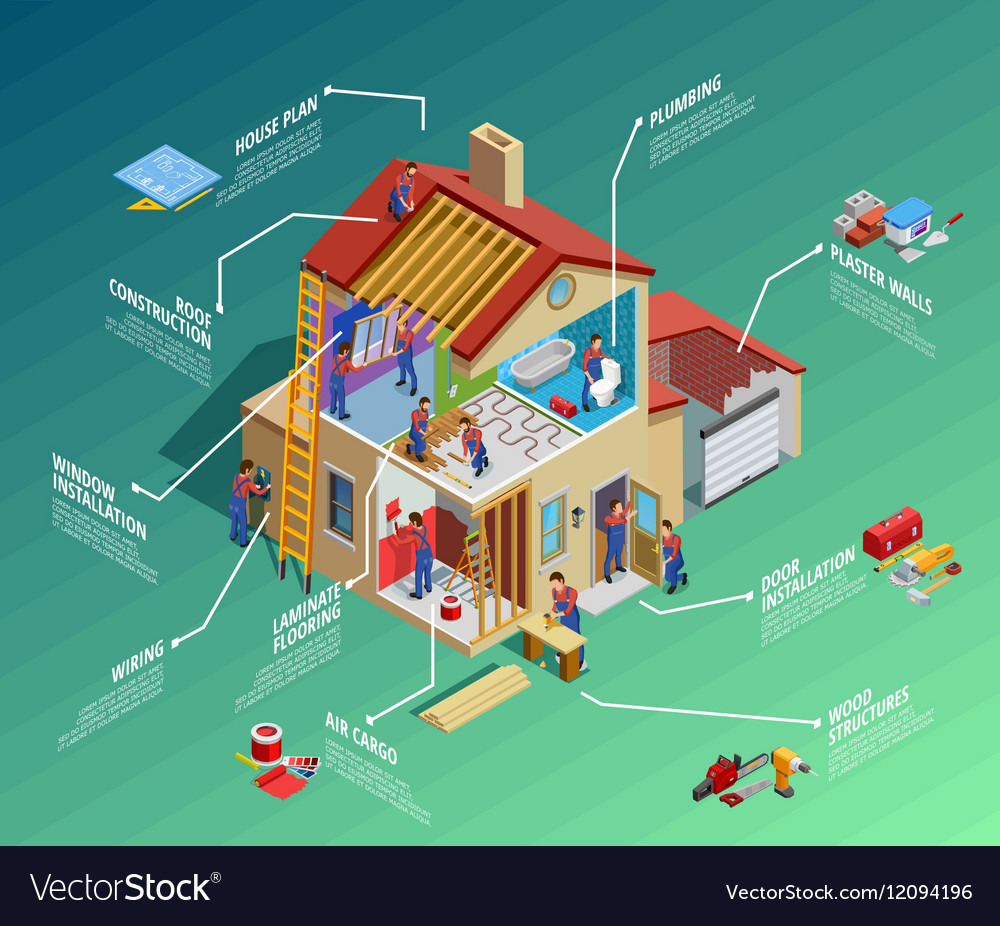Just How To Budget For Your Flooring Project: A Practical Overview
Just How To Budget For Your Flooring Project: A Practical Overview
Blog Article
Material Author-Xu Lake
When you're preparing a flooring project, budgeting isn't practically picking a number; it has to do with comprehending what you really need and the costs included. You'll want to analyze your specific needs, study numerous products, and expect unforeseen costs. Think of how variables like area function and setup techniques can affect your spending plan. Yet before you enter, there are some vital information you might overlook that can dramatically impact your overall prices. Allow's discover how to browse these intricacies and guarantee your project remains on track.
Assessing Your Floor Covering Demands
Prior to diving right into your floor covering project, it's vital to examine your flooring needs. Beginning by thinking about the certain areas where you plan to set up new floor covering. Think about the objective of each area. For example, kitchens and bathrooms call for water-resistant products, while living locations might benefit from comfort and visual appeals.
Next, evaluate the existing conditions of your floorings. Exist any type of architectural concerns, such as unequal surfaces or dampness issues? Attending to these problems early can save you money and time down the line.
Also, remember of the dimensions of each room to determine just how much floor covering you'll need.
Do not neglect to consider your lifestyle. If you have pet dogs or young kids, durability could be your leading priority, while a much more official space may require a luxurious surface. In addition, consider your layout preferences. Do you choose a timeless look, or are you attracted to modern styles?
Finally, be practical concerning how much upkeep you agree to devote to. Some materials require more upkeep than others. By recognizing your needs plainly, you'll be much better geared up to make informed choices as you move forward with your floor covering project.
Estimating Prices and Materials
Approximating expenses and products is a critical action in your flooring project that can significantly affect your general spending plan. Begin by gauging your area precisely to determine just how much floor covering you'll need. For a lot of products, you'll locate prices by square foot, so accumulate quotes from numerous distributors to get a reasonable figure.
Next, think about the kind of flooring you desire. Choices like hardwood, laminate, floor tile, or carpet all featured different price points. Research the costs for each and factor in any kind of extra products like underlayment, sticky, or shift strips.
Do not neglect to include devices if you're planning a DIY installation, as renting or acquiring devices can include in your expenditures.
Labor prices are another essential factor to consider. If you're hiring professionals, obtain price quotes from multiple professionals to guarantee you're obtaining a fair price. Be clear regarding the extent of job to avoid unanticipated charges later.
Lastly, it's important to set aside a little percent of your allocate any unforeseen expenses related to materials. By completely approximating your prices and products upfront, you'll establish yourself up for a smoother and extra manageable floor covering job.
Preparation for Hidden Expenditures
Numerous home owners overlook the concealed expenses that can develop during a flooring task, which can result in spending plan overruns. To prevent this, you need to prepare for prospective added prices.
Initially, consider the problem of your existing subfloor. If it's damaged or irregular, you'll likely require repair work or leveling, which can include dramatically to your general expenditure.
Next off, consider removal and disposal costs for your old floor covering. Many professionals charge added for this service, so variable that right into your budget.
Furthermore, visit this site right here ignore the costs of underlayment, which may not be consisted of in the first quote yet are vital for an effective installation.
You should additionally get ready for unforeseen difficulties, such as plumbing or electrical job if your flooring project involves relocating fixtures. It's wise to set aside a minimum of 10-15% of your overall budget for these unforeseen expenditures.
Finally, bear in mind that permits may be needed for certain installments. Always inspect regional regulations to prevent penalties or hold-ups.
https://jaidenaflqv.blogolenta.com/29050159/floor-covering-contractor-vs-do-it-yourself-which-choice-is-right-for-your-task
To conclude, budgeting for your flooring project is crucial for an effective end result. By evaluating your requirements, estimating expenses, and preparation for hidden expenses, you'll stay clear of shocks and remain on track. Remember to set aside a portion of your allocate unanticipated expenses and maintain a detailed failure of your expenditures. With mindful preparation and factor to consider, you'll create a lovely area that fulfills your demands without breaking the bank. https://www.architecturaldigest.com/story/interior-designer-advice !
